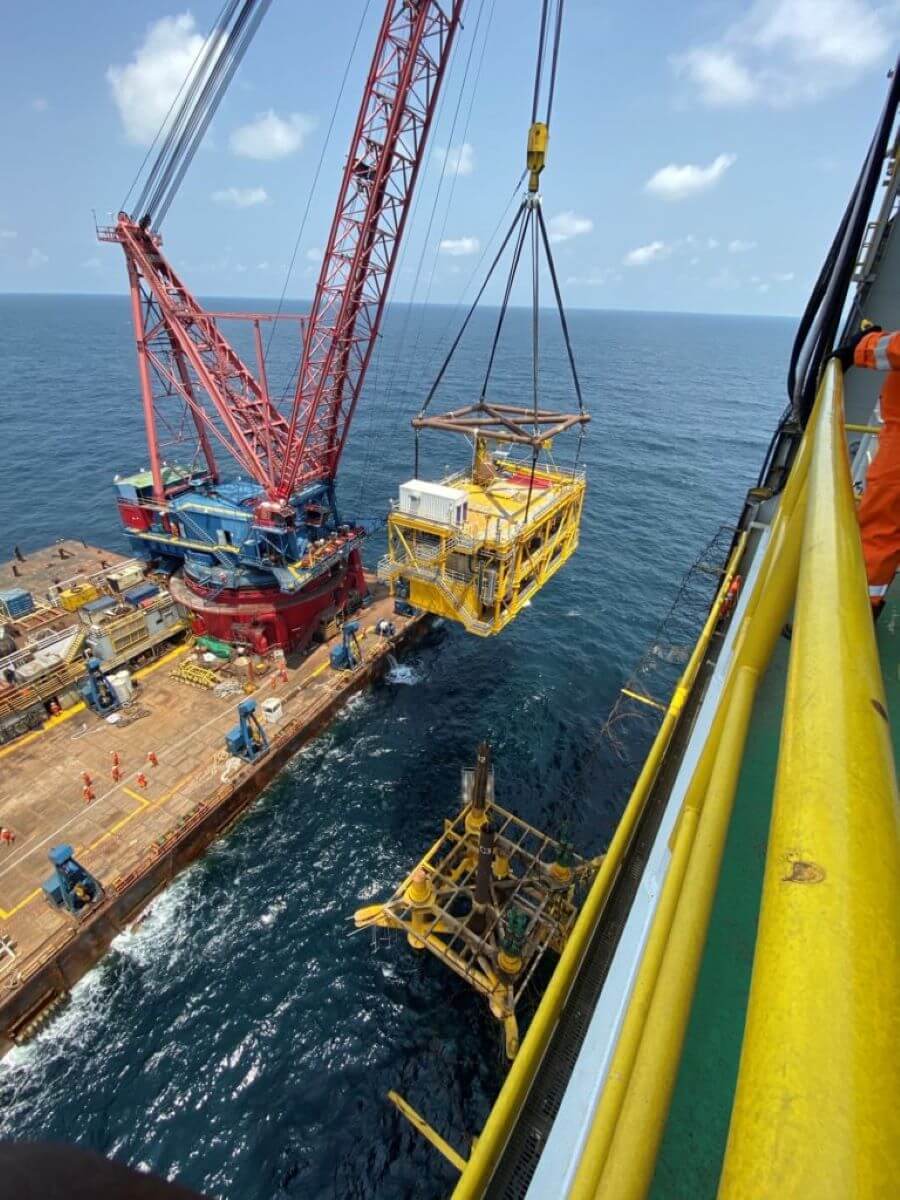
Sustainable Offshore Platform Design: Adapting to the New Normal
Stewart Maxwell, Technical Director at Aquaterra Energy
Sustainability has become a global corporate imperative, driving offshore oil and gas solution providers to create greener supply chains and solutions. While “intelligent” and “sustainable” are becoming synonymous with today’s engineering standards, what makes an offshore platform design fit the “new normal” sustainability demands?
The new market context
Decarbonisation represents a “new normal” to which global industries have to adjust - including carbon-intensive legacy industries such as oil and gas. But what does sustainability mean for offshore platforms?
Offshore energy engineers must consider the ‘whole-lifecycle’ impact of all products – from initial design to decommissioning. This holistic approach requires a complete rethink of design philosophy – one that challenges conventional equipment choices at all stages and considers cradle-to-grave carbon footprint at offshore platform design stage.
Lean design
Sustainable platforms should avoid over-engineering and focus on lean, minimalist designs. Fewer components requiring fewer materials reduce emissions throughout the fabrication, transportation and installation processes.
Engineers can streamline and simplify designs by considering the lifecycle impact of each component upfront. For example, we provide engineers with a carbon calculator estimating the weight of materials and carbon count of the supply chain. We seek to take this lean approach even further by repurposing existing infrastructure, such as jack-up rigs, as offshore platforms, creating a ‘circular economy’ of energy infrastructure that curbs whole-industry emissions.
Smart and self-powered platforms
Key to offshore energy sustainability is creating renewable powered platforms. Making platforms self-powered from local renewables eliminates both direct emissions and indirect emissions from refuelling visits. Operators can supplement local renewable sources with backup battery packs or links to larger-scale renewable sources. Intelligent, digital monitoring solutions such as ‘predictive maintenance’ also reduce unnecessary site visits by engineers, creating safer, smarter and more carbon-efficient maintenance.
Smart supply chains: keeping the ‘E’ in ‘ESG’
The fabrication stage is equally critical to platform sustainability. For projects in developing economies, there is a drive for operators and suppliers to support social and economic development by using local content for platform operation and fabrication. Yet this can mean sacrificing the ‘E’ for the ‘S’ in ESG. For example, if a country lacks the required raw materials they must be shipped in, increasing supply chain emissions. Such projects should work with the nearest supplier to minimise transport emissions, balancing environmental sustainability with social objectives.
A novel design philosophy
Balancing short term constraints and long-term sustainability targets is not merely a question of technological capabilities but commitment to a radical reconfiguration of all products, processes and practices. For offshore oil and gas operators that means pivoting towards renewable power.
For engineering service providers, it means implementing a new design philosophy centred around lowering cradle-to-grave emissions across all parts and processes. Sustainability must be ‘baked in’ to everything – from design to decommissioning. Fundamental transformation at all levels of the industry is required to reduce whole-lifecycle impact from supply chains to services and achieve truly sustainable offshore energy.
Want to know more about our offshore platform designs? Contact us to find out more.